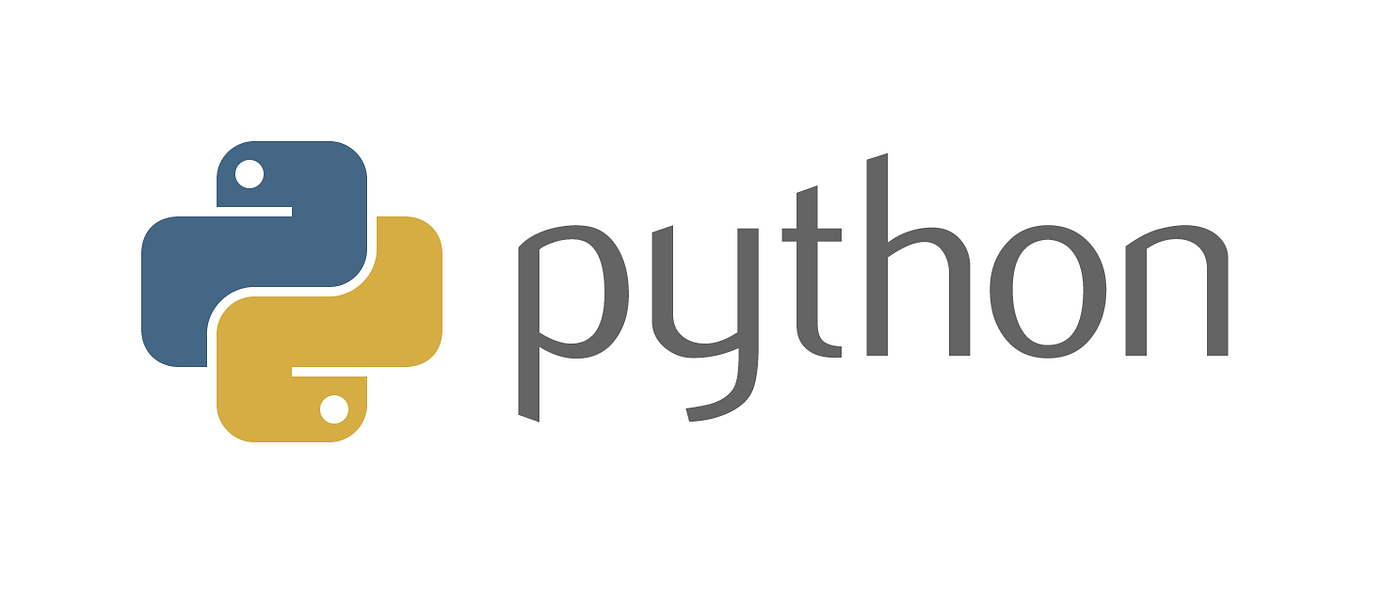
Python, an Essential Tool in Modern Development
Introduction to Python
Python stands as a cornerstone in the realm of programming languages. Crafted by the ingenious mind of Guido van Rossum and unveiled to the world in 1991, Python has steadily ascended to become one of the most favored languages among developers.
Applications of Python
Unlocking the Versatility of Python
Web Development with Python
Python finds its prime application in web development, notably in the creation of server-side applications. Its robustness and flexibility make it an ideal choice for crafting dynamic web experiences.
Software Development
Beyond web development, Python seamlessly integrates into software development workflows. Its agility and comprehensive libraries empower developers to streamline the development process.
Mathematical Prowess
Python isn’t merely confined to web and software development; its prowess extends to the domain of mathematics. With Python, complex mathematical operations become more manageable, fostering innovation in various fields.
System Scripting
Python emerges as a formidable tool for system scripting tasks. Its simplicity and effectiveness streamline the automation of various system operations, enhancing efficiency.
Capabilities of Python
Unraveling the Power of Python
Web Application Development
Python’s prowess extends to server-side web application development, facilitating the creation of dynamic and responsive web platforms.
Workflow Optimization
In software environments, Python aids in workflow optimization, seamlessly integrating with existing software systems to enhance productivity.
Database Connectivity
Python boasts robust capabilities in connecting with diverse database systems, offering seamless integration and efficient data management solutions.
File Handling
Beyond database connectivity, Python excels in file handling tasks, enabling users to effortlessly read, manipulate, and modify files.
Big Data Analytics
Python emerges as a quintessential tool in the realm of big data analytics, empowering analysts to glean insights from vast datasets with unparalleled efficiency.
Rapid Prototyping
Python’s agility and simplicity make it an ideal choice for rapid prototyping, expediting the development process and fostering innovation.
Why Choose Python?
Unveiling the Allure of Python
Cross-Platform Compatibility
Python transcends platform boundaries, offering compatibility across various operating systems, including Windows, Mac, Linux, and even Raspberry Pi.
Simplicity and Readability
Python’s syntax, akin to the English language, simplifies the programming process, enabling developers to express complex ideas with clarity and conciseness.
Enhanced Productivity
Python’s syntax facilitates rapid development, allowing developers to accomplish more with fewer lines of code compared to other programming languages.
Immediate Execution
Python’s interpreter system enables immediate code execution, fostering rapid prototyping and iterative development cycles.
Flexible Paradigms
Python accommodates diverse programming paradigms, including procedural, object-oriented, and functional programming, offering developers unparalleled flexibility.
Insights into Python
Exploring the Depths of Python
Python 3: The Latest Iteration
While Python 2 remains popular, Python 3 stands as the most recent major version, offering enhanced features and optimizations crucial for modern development practices.
Choosing Development Environments
Python’s versatility extends to development environments, with options ranging from text editors to integrated development environments (IDEs) like Thonny, PyCharm, NetBeans, or Eclipse, catering to diverse development needs.
Syntax Comparison
Python’s design prioritizes readability, with syntax reminiscent of the English language, augmented by influences from mathematical principles.
Whitespace and Scope Definition
Python’s unique approach to scope definition relies on indentation rather than traditional braces, enhancing code clarity and maintainability.
In conclusion, Python’s ubiquity in modern development stems from its unparalleled versatility, simplicity, and efficiency. Whether in web development, software engineering, mathematical analysis, or system scripting, Python emerges as an indispensable tool, empowering developers to translate their ideas into reality seamlessly.
Frequently Asked Questions (FAQs)
What is Python used for?
Python is used for various purposes, including web development, data analysis, artificial intelligence, scientific computing, automation, and more.
Is Python easy to learn for beginners?
Yes, Python is considered one of the easiest programming languages to learn for beginners due to its simple syntax and readability.
Do I need prior programming experience to learn Python?
No, Python is beginner-friendly and doesn’t require any prior programming experience. It’s an excellent language for newcomers to start their coding journey.
Can I build real-world projects with Python?
Absolutely! Python is widely used in the industry to develop real-world applications, ranging from web apps and games to scientific simulations and machine learning models.
Where can I find resources to learn Python?
There are numerous resources available online to learn Python, including tutorials, documentation, books, and interactive courses. Websites like Codecademy, Coursera, and Udemy offer comprehensive Python courses for beginners.
How can I practice Python programming?
The best way to practice Python programming is by working on coding exercises, solving problems on platforms like LeetCode and HackerRank, and building projects that interest you


